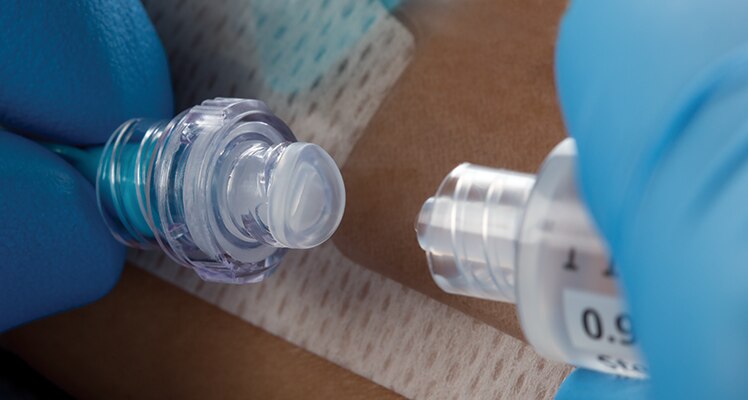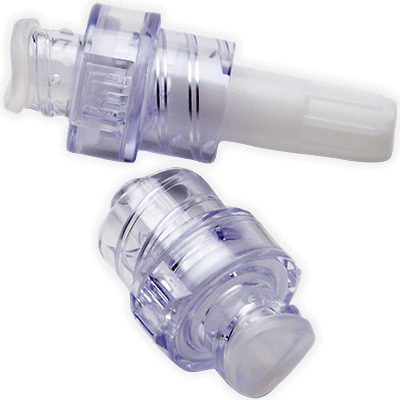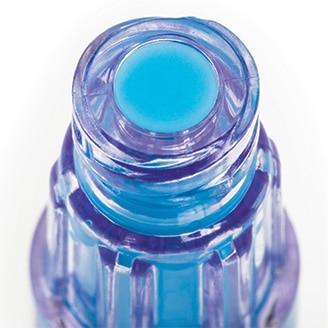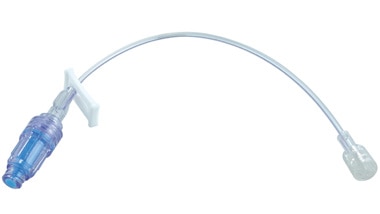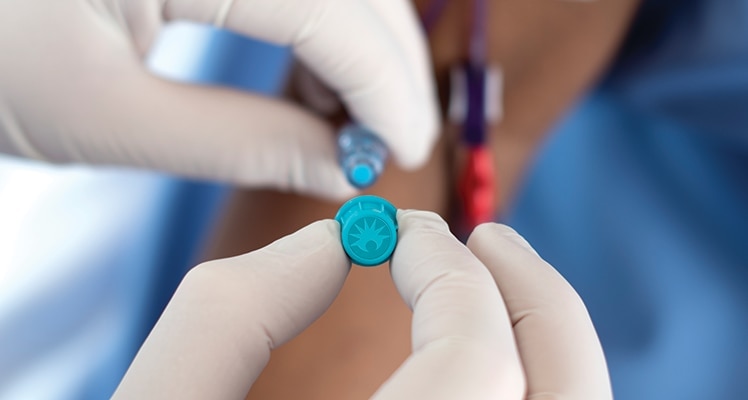The BD Q-Syte™ needle-free connector has a split septum design that complies with the guidlines for reducing catheter-related bloodstream infection (CRBSI) rates set by the Centers for Disease Control and Prevention (CDC)1 and the International Nosocomial Infection Control Consortium (INICC).2

- Overview
- EIFU & Resources
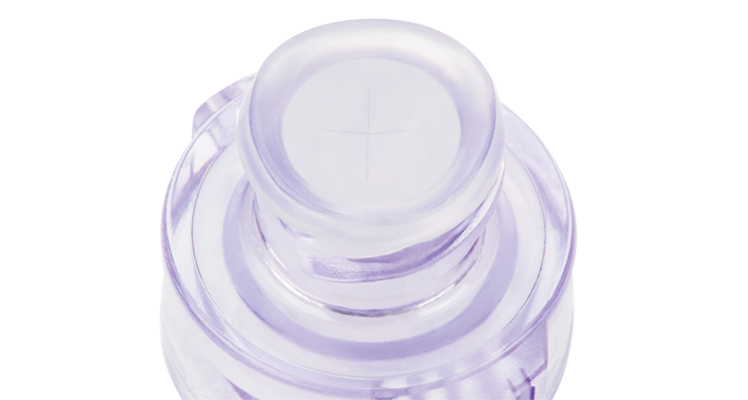
Split septum designed to lower CRBSIs
Research shows that split septum needle-free systems have 64% to 70% lower CRBSI rates than complex mechanical valve systems.3,4
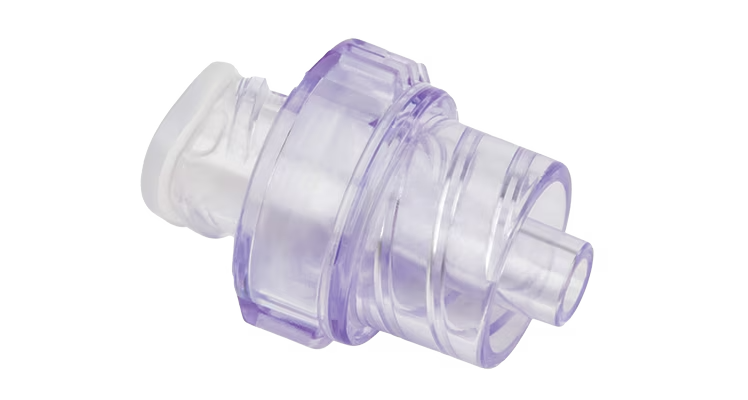
Effective flushing due to clear housing
Clear housing allows healthcare professionals to see the effectiveness of their own technique and to promptly correct less effective flushing.
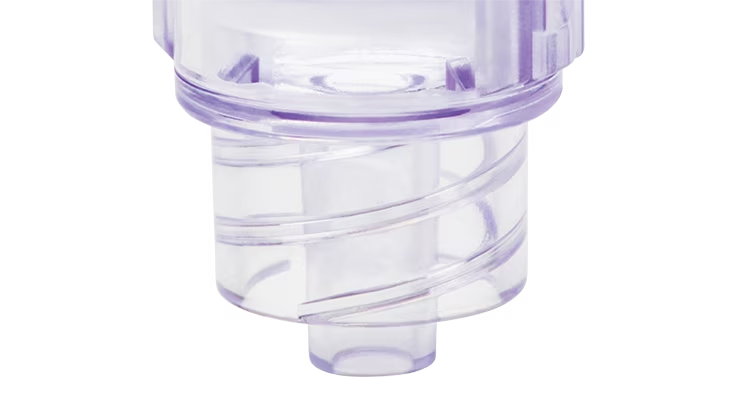
Compact, lightweight design
Straight, open fluid path design provides a high flow rate.
Please note, not all products, services or features of products and services may be available in your local area. Please check with your local BD representative.
References
- O'Grady NP, Alexander M, Burns LA et al. Guidelines for the prevention of intravascular catheter-related infections. CDC. 2011; section 54.
- International Nosocomial Infection Control Consortium (INICC) Care bundles to prevent central and peripheral line-related bloodstream infections. International Nosocomial Infection Control Consortium (INICC) website. http://www.inicc.org/media/docs/2017-INICCBSIPreventionGuidelines.pdf. Published January 1, 2017. Accessed May 5, 2020.
- Rupp ME, Sholtz LA, Jourdan DR, et al. Outbreak of bloodstream infection temporally associated with the use of an intravascular needleless valve. Clin Infect Dis. 2007;44:1408-1414.
- Salgado CD, Chinnes L, Paczesny TH, Cantey JR. Increased rate of catheter-related bloodstream infection associated with use of a needleless mechanical valve device at a long-term acute care hospital. Infect Control Hosp Epidemiol. 2007;28:684-688.4.
BD-35577 (08/2021)

